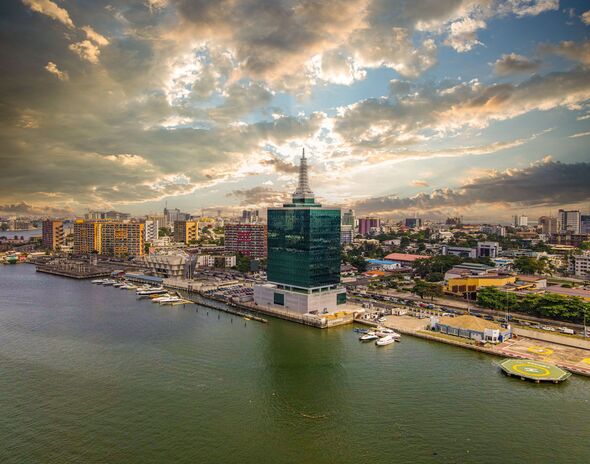Lagos is finally moving forward with the long-awaited construction of the £2.3 billion Fourth Mainland Bridge. Spanning nearly 24 miles, the bridge will connect Lagos Island to the mainland at Itamaga in Ikorodu, easing one of the continent’s most notorious traffic bottlenecks and boosting economic prospects across the region.
The new bridge, anticipated to have eight lanes, will be the longest in West Africa, featuring three toll plazas and an eco-friendly design. It will also include a dedicated Bus Rapid Transit (BRT) lane, designed to give buses priority in the heavy Lagos traffic, an issue that has plagued the city for decades. The project is expected to bring significant relief to the overburdened Third Mainland Bridge, which has been the primary artery between the island and the mainland since 1990.

Lagos Governor Babajide Sanwo-Olu confirmed in a recent update that construction is set to commence between March and April this year. This announcement came after years of delays and missed deadlines, initially projecting completion by 2019. “The Fourth Mainland Bridge is no longer a dream—it is becoming a reality,” Governor Sanwo-Olu stated, assuring Lagosians that the project’s framework is complete and all partners are on board.
The bridge will be built by the CCECC-CRCCIG consortium, led by the China Civil Engineering Construction Corporation (CCECC), which won the bid over six other competitors. Once completed, it will connect to eight major roads, including the Lagos-Ibadan Expressway, further streamlining traffic flow and reducing travel times for millions of commuters. Drivers will be able to travel at speeds of up to 75 mph, significantly cutting journey times that currently stretch for hours.
Despite the promising benefits, the construction will require the demolition of around 800 homes, a drastic reduction from the initial estimate of 4,000. “Infrastructural development is for the living,” urged Prince Lanre Balogun, a former Lagos State Commissioner for Rural Development, who pushed for swift action from the government. His comments reflect a widespread public desire to see the project finally break ground after more than a decade of planning.
Read more: The Nigerian Japa Syndrome: Myths and Truths (I)
What Lateef Adedimeji Said about Casting Idris Elba as Okonkwo in Things Fall Apart Adaptation
The Fourth Mainland Bridge is seen as a game-changer for Lagos, a sprawling megacity with an estimated population of 21 million. With congestion costing the city millions of pounds annually in lost productivity, the new bridge is poised to reshape Lagos’ future, making it easier for residents and businesses to connect, collaborate, and grow.
The need for new infrastructure has become increasingly urgent. The Third Mainland Bridge, which was once Africa’s longest bridge, is no longer sufficient for the massive influx of vehicles and people into Lagos. Each weekday, it handles more traffic than it was designed to, leading to regular repairs and development delays.
When complete in four years, the Fourth Mainland Bridge will not only be a feat of engineering but also a symbol of Lagos’ ambitions to rise as a global city. With its capacity to serve millions of vehicles daily and promote eco-friendly transportation, it will provide a much-needed breath of fresh air to a city constantly grappling with gridlock. For the people of Lagos, the bridge represents progress, connectivity, and a promise of a more efficient future.




